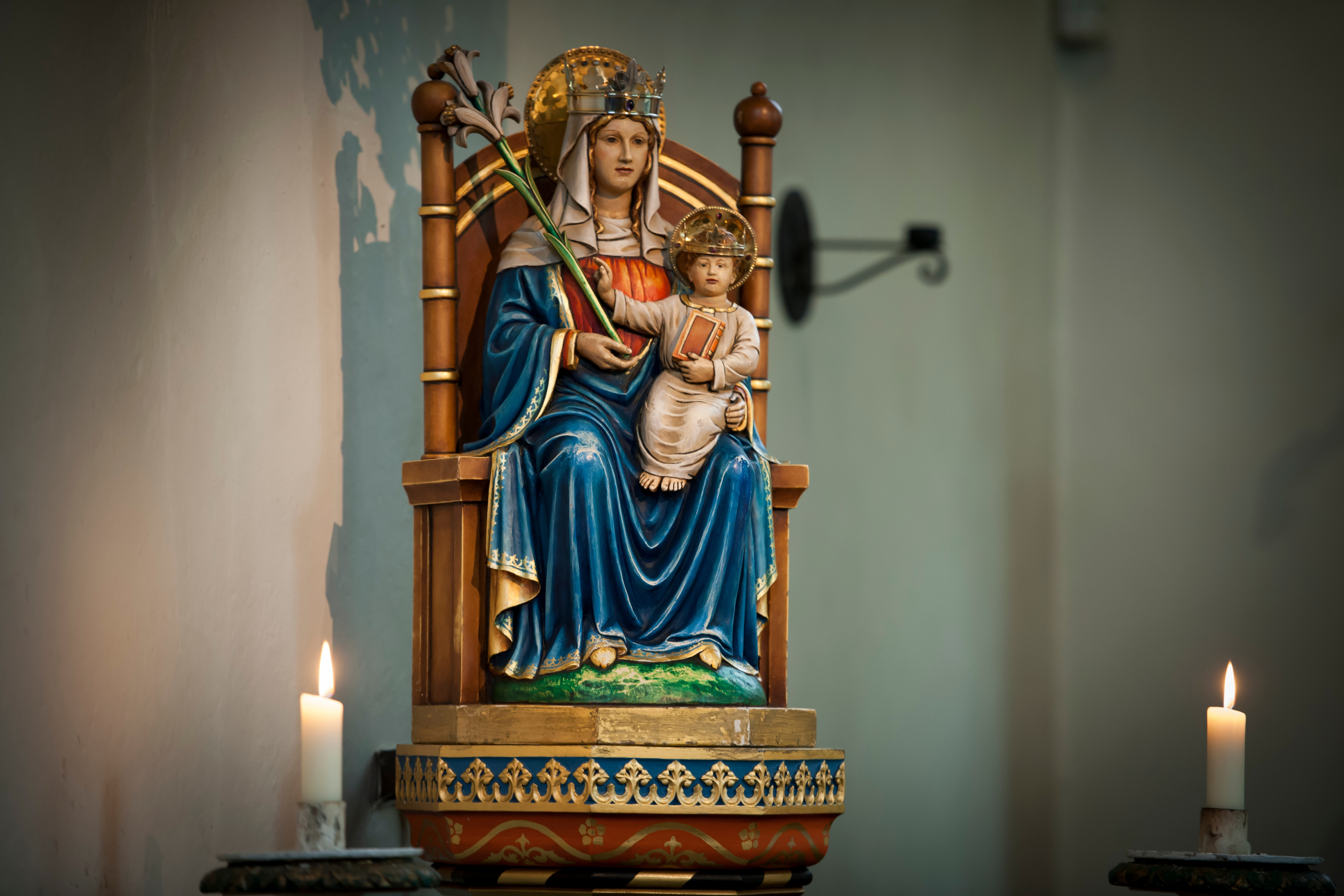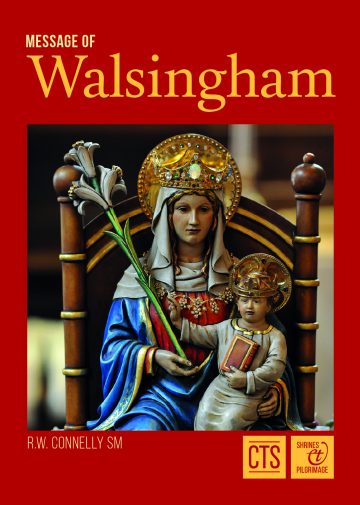If you stand before the site of the Basilica of the Annunciation in Nazareth you will see an inscription “et verbum caro hic factum est” – Here the Word became flesh, for it was at this place that God became man in the Virgin Mary’s womb.
Looking around you will see the national mosaics of Our Lady, and among the first is the ancient shrine of Walsingham founded in 1061, known as England’s Nazareth. Today marks the feast day of Our Lady of Walsingham.
In pre-reformation times, Walsingham was one of the four great pilgrim venues in Christendom ranking alongside Jerusalem, Rome and Compostela, the only one dedicated to the Mother of God. This reflected a devotion to Our Lady that stretches way back in English history, leading to England acquiring a unique title, The Dowry of Mary.
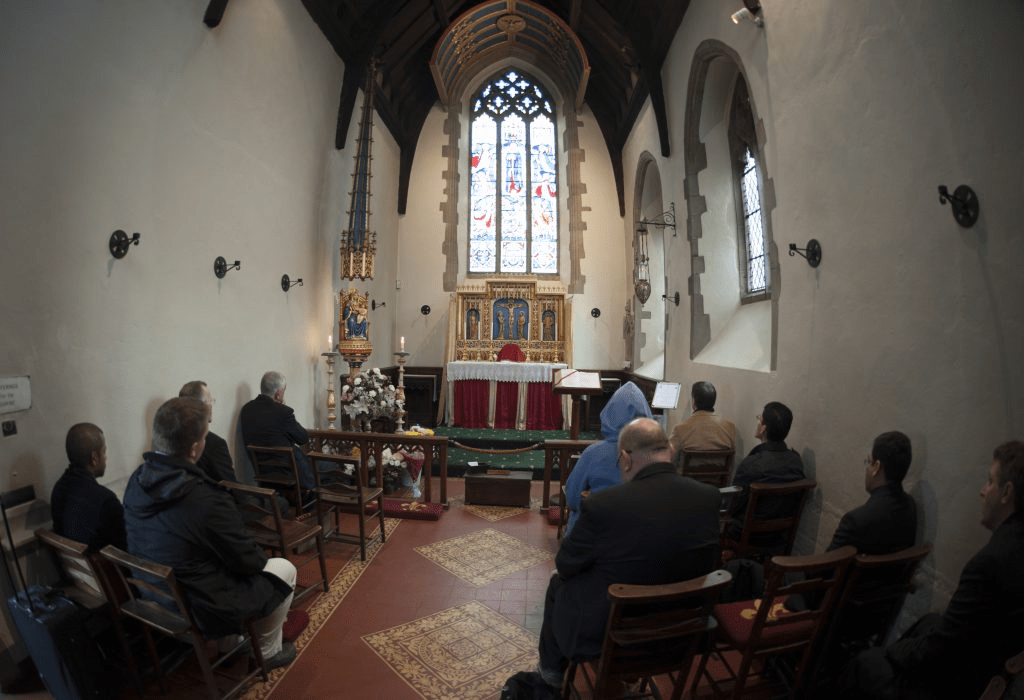
The Anglo Saxon origin of the Shrine at Walsingham surely has a significant role in the development of this title. The first known public proclamation was given in 1399 by Thomas Arundel, Archbishop of Canterbury at the behest of Richard II, whose devotion to Our Lady is beautifully depicted in the Wilton Dyptic in the National Gallery.
So, by 1399, England was “commonly called” the Dowry of Mary. The Shrine of Walsingham exists to remind us of the Annunciation whereby each generation may “contemplate the great mystery of the incarnation.”
At the request of Our Lady, the Lady of the Manor Richeldis built a replica of the Holy House of Nazareth in “honour of my salutation” the ancient English title for the annunciation. The growing numbers of pilgrims over the centuries came to deepen their understanding of the mystery of God’s son, who lived and continues to live among us.
The 14th century Pynson Ballad states:
And all who are distressed or in need, let them seek me here in that little house you have made me in Walsingham. To all that seek me there I will give my help. And there at Walsingham in this little house shall be held in remembrance the great joy of my salutation when Saint Gabriel told me that through humility, I should become the Mother of the Son of God.”
It was through humility that Mary bore the Son of God. Humility helps us realise that all that we have, is a gift from God, a gift given to us, to be used for the good of others. At Walsingham, we are asked to reflect on God’s gifts in our lives, and like Mary, to accept them humbly and use them for the greater good.
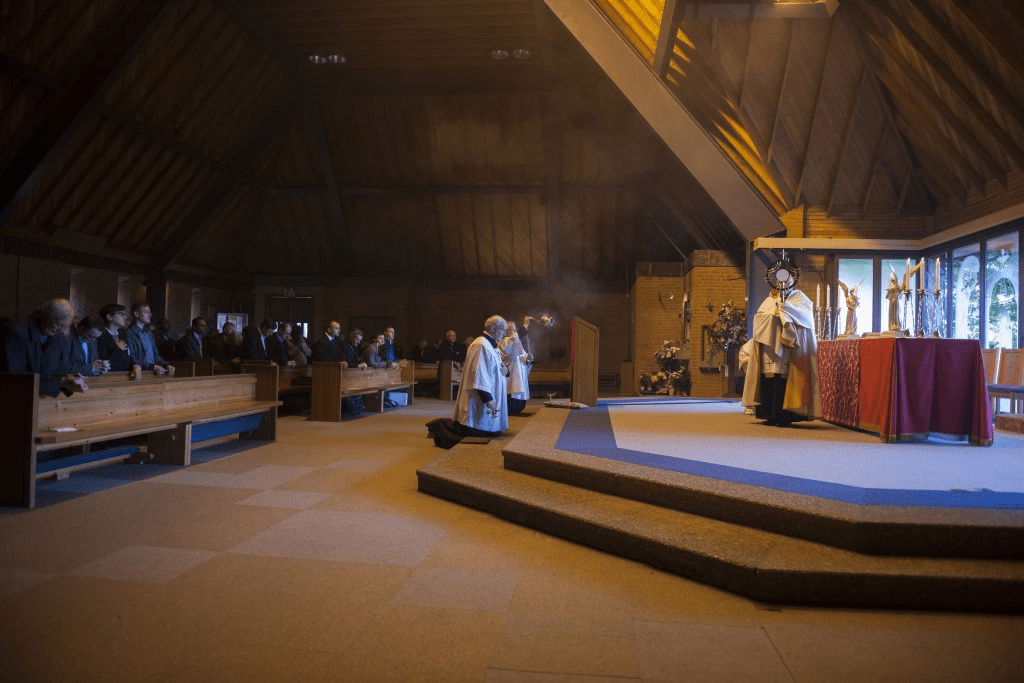
The tragic events of the 15th century led to the destruction of the shrine in 1538, when the statue was taken to Chelsea and burned in the garden of Thomas Cromwell.
The shrine hibernated until two remarkable people, Charlotte Boyd and Fr Alfred Hope Patten, through their devotion to Our Lady, helped to restore the Shrine. Charlotte Boyd was a convert to Catholicism who bought the Slipper Chapel, which is now the Catholic National Shrine of Our Lady, and Fr Alfred Hope Patten the Vicar of Walsingham, who built a replica of the destroyed Holy House, and which now forms the heart of the Anglican Shrine.
Together, the two shrines continue to bear witness to the strong devotion of so many to the Mother of God in our country, and in recent years growing numbers of pilgrims from the various ethnic communities have found a spiritual home in this most English of shrines.
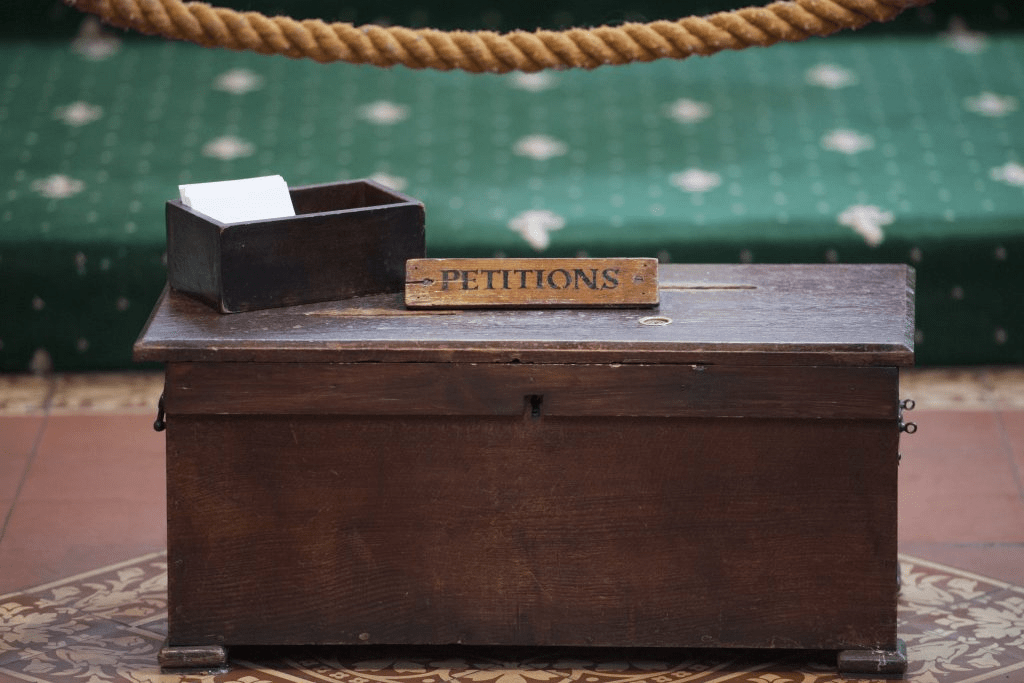
The shrine was recently raised to the status of a Minor Basilica, a recognition by Pope Francis of Walsingham’s ancient status and its vibrant Christian life and witness today. The Catholic Bishops have embarked on the development of the facilities at the Catholic National Shrine; better facilities are planned for day pilgrims and new facilities for sick and disabled pilgrims in Elmham House, the pilgrim hostel, enabling a wider group of pilgrims to visit.
For more information on Walsingham, visit: www.walsingham.org.uk
All images © Mazur/catholicnews.org.uk
